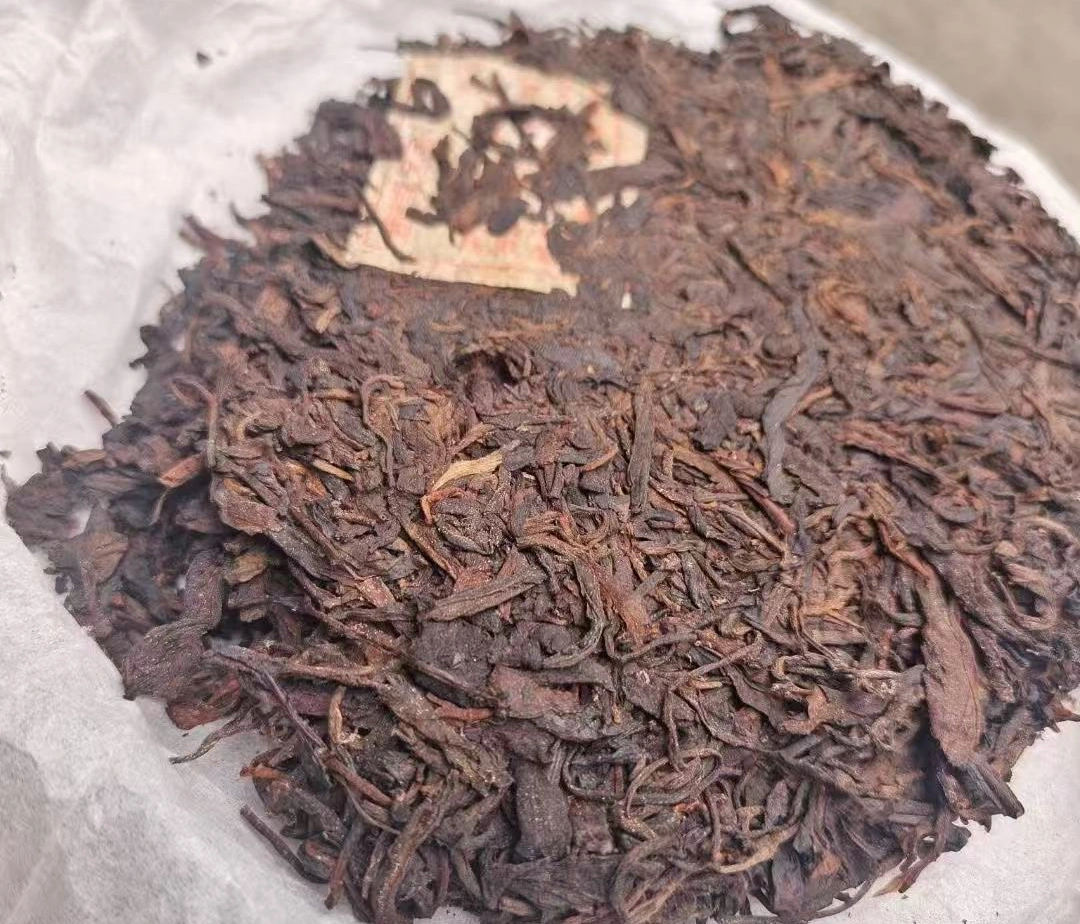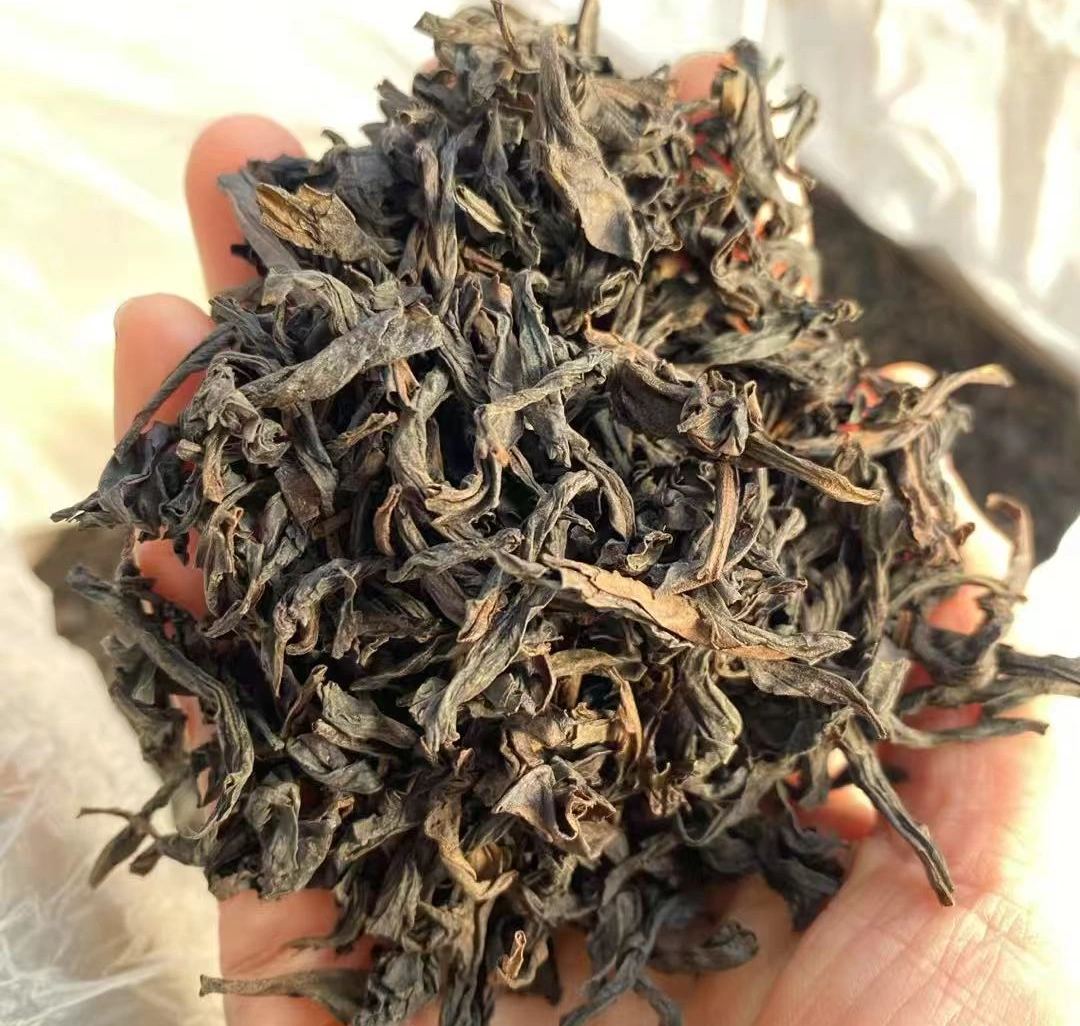Oolong tea vs pu-erh tea ignites a passionate debate among tea lovers seeking depth, tradition, and wellness in every sip. Picture two porcelain cups: one filled with a warm amber elixir exhaling floral whispers and whispers of honeyed cream; the other a deep mahogany brew releasing earthy notes of forest floor and mellow autumn fruit.
Each calls to your senses, promising a journey through mist-shrouded mountains, centuries-old cellars, and time-honored craftsmanship. In this guide, we’ll explore the sensorial splendor, health benefits, and brewing rituals of oolong tea vs pu-erh tea, helping you discover the perfect aged infusion to elevate your daily ritual.
Understanding Oolong Tea vs Pu-erh Tea
At the heart of oolong tea vs pu-erh tea lies the dance of oxidation and fermentation:
- Oolong Tea: A semi-oxidized marvel (10–85% oxidation). Leaves are withered, gently bruised, and roasted to develop floral, creamy, and lightly toasty notes.
- Pu-erh Tea: A fully post-fermented treasure. Fresh leaves undergo microbial fermentation (“wo dui”) and often age for years in cedar-lined cellars, yielding deep earthy, woody, and mellow sweet flavors.
These distinct processes create contrasting chemistry: oolong’s nuanced polyphenols deliver antioxidants and mental clarity, while pu-erh’s rich theabrownins and probiotics support gut health and detoxification.

Origins & Processing
Oolong Tea Processing
From the misty high-mountains of Taiwan to Fujian’s rugged cliffs, oolong’s magic begins with careful leaf handling:
- Withering & Bruising: Leaves wilt under the sun, then are gently rolled to break cell walls and kickstart oxidation.
- Partial Oxidation: Controlled in darkened rooms, oxidation halts at just the right moment to preserve floral top notes.
- Firing & Roasting: Low-heat woks toast the leaves, sealing in fragrance and developing creamy, chestnut-like sweetness.
Pu-erh Tea Processing
Pu-erh’s journey is one of microbial alchemy:
- Primary Fixing & Rolling: Fresh leaves are briefly steamed (“kill-green”) then pressed into cakes or loose.
- Wo Dui Fermentation: Piled in humid chambers, microbes transform polyphenols into theabrownins, deepening color and flavor.
- Aging: Years-long storage in mountain cellars infuses each leaf with damp-wood aromas, mellowing astringency into velvety sweetness.
Flavor Profile Comparison
Oolong Tea Notes
- Floral Elegance: Hints of orchid, jasmine, and gardenia dance on the tongue.
- Creamy Texture: A buttery mouthfeel that glides like silk.
- Light Roast: Gentle toffee and chestnut warmth linger.
Each infusion reveals new depths—first a bright floral top note, then a lush mid-palate creaminess, and finally a soft, smoky finish.
Pu-erh Tea Notes
- Earthy Richness: Decades of aging conjure forest-floor moss, damp wood, and truffle-like depths.
- Woody Undertones: Cedar, aged oak, and mushroom nuances emerge.
- Mellow Sweetness: A gentle autumn-fruit candy glow softens each swallow.
Aged pu-erh transforms with every steep: the first sip hums of rich earth, the second unveils a smooth plum sweetness, and later brews whisper of honeyed tobacco.
Aged Oolong vs Aged Pu-erh
Over time, both teas mature beautifully:
- Aged Oolong deepens its roast, evolving from bright floral to honeyed toffee.
- Aged Pu-erh transcends earthiness, adopting maple syrup sweetness and a velvety, almost chocolaty finish.
Sip side by side to taste how time layers complexity differently in each.

Health Benefits Face-Off
Oolong Tea Metabolism & Antioxidants
Oolong tea brims with catechins and theaflavins that:
- Boost Thermogenesis: Elevate energy expenditure by up to 10%.
- Enhance Fat Oxidation: Support a leaner silhouette with gentle stimulation.
- Neutralize Free Radicals: Combat oxidative stress for radiant skin and cellular longevity.
Pu-erh Tea Digestive & Cholesterol Support
Pu-erh tea offers unique benefits via its fermentation:
- Promotes Gut Health: Friendly microbes aid digestion and nutrient absorption.
- Helps Lower LDL: Theabrownins and statin-like compounds support healthy cholesterol levels.
- Detoxifies: Stimulates bile flow, aiding fat breakdown and toxin removal.
Shared Benefits: Mental Focus & Gut Health
Both teas contain L-theanine, fostering:
- Calm Alertness: Smooth, jitter-free caffeine uplift for focused productivity.
- Digestive Balance: Gentle tannins soothe the stomach and regulate transit.
Brewing Tips for Oolong Tea vs Pu-erh Tea
Water Temperature & Steep Time
- Oolong Tea: 185–205°F (85–96°C), steep 2–4 minutes depending on oxidation.
- Pu-erh Tea: 200–212°F (93–100°C), steep 3–5 minutes for loose leaves; multiple 20–30s rinses for cakes.
Gongfu vs Western-Style Methods
- Gongfu Tea: High leaf ratio, 1-2 tablespoons in a small pot, multiple short infusions (20-45s), ideal for exploring aged nuances.
- Western-Style: 1 tsp per 8 oz cup, single 3-5 minute steep—perfect for daily convenience.
Special Tips for Aged Varieties
- Rinse First: Quick 5-second wash awakens aromas and removes dust.
- Multiple Infusions: Aged oolong and pu-erh blossom over 5–7 brews—extend steep times by 10s each round.
- 🔗 For more tea brewing methods, check out the YouTube video explaining the brewing methods.
Incorporating Oolong Tea vs Pu-erh Tea into Daily Rituals
- Morning Boost: A vibrant oolong energizes the mind with floral brightness—ideal for creative work.
- Lunchtime Harmony: A mild aged pu-erh after meals soothes the stomach and smooths digestion.
- Afternoon Reset: Gongfu-style oolong infusions offer layered enjoyment and gentle alertness.
- Evening Unwind: A late brew of mature pu-erh’s mellow sweetness calms the mind and aids restful sleep.
Pairings
- Oolong Tea Pairings: Delicate dim sum, fruit tarts, almond biscotti.
- Pu-erh Tea Pairings: Rich dark chocolate, savory stews, aged cheeses.
Cold Brew & Iced Adaptations
- Cold Brew Oolong: 1 tbsp leaves per liter cold water, steep 8–12 hours—light, floral refreshment.
- Iced Pu-erh: Brew strong hot pu-erh, chill, and serve over ice with a slice of ginger for a spiced twist.
FAQs: Oolong Tea vs Pu-erh Tea
- Which tea is better for weight loss?
Oolong’s metabolism boost gives it a slight edge, but pu-erh’s fat-oxidation properties also help—why not alternate both? - Can I drink aged pu-erh daily?
Yes—1–2 cups daily supports digestion and cholesterol balance without overstimulation. - How many steeps for oolong vs pu-erh?
Oolong: 4–8 infusions; Pu-erh: 6–12 infusions (especially cakes), each revealing fresh layers.
Conclusion: Choosing Between Oolong Tea vs Pu-erh Tea
In the vibrant duel of oolong tea vs pu-erh tea, there is no wrong choice—only the infusion that matches your mood, palate, and wellness goals. Crave floral elegance and gentle energy? Let oolong’s creamy florals guide your creative mornings. Seek earthy depth and digestive harmony? Let pu-erh’s aged sweetness soothe your evenings. Embrace both, explore side by side, and transform your daily tea ritual into a sensorial voyage through time, terroir, and tradition. Cheers to your next perfect cup!



